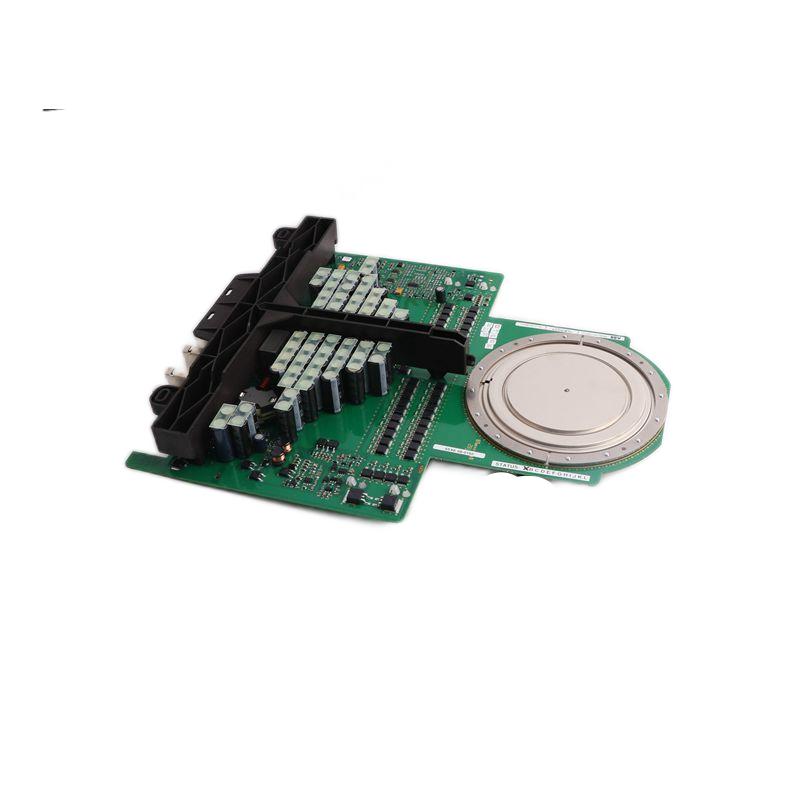The ABB DSTA180 Connection Unit is a high-performance PLC component designed for seamless integration into complex industrial automation systems, ensuring reliable data exchange and control functionality.
The ABB DSTA180 Connection Unit is a high-performance PLC component designed for seamless integration into complex industrial automation systems, ensuring reliable data exchange and control functionality.
 WhatsApp
WhatsApp
Place of Origin:ABB
Order Number:DSTA180
Custom Processing:Yes
Item No.:DSTA180
Brand:ABB
Model:DSTA180
Series:DSTA180
Material Coding:DSTA180
Operating Voltage:12VDC
Output Frequency:Up to 10kHz
Certified Product:Yes
Weight:0.2kg
Introducing the ABB DSTA180 Connection Unit, a state-of-the-art PLC component designed to enhance the performance of your industrial automation systems. This connection unit is renowned for its reliability and efficiency, offering seamless integration into various control networks.
Engineered with cutting-edge technology, the ABB DSTA180 Connection Unit supports a wide range of operating voltages, ensuring compatibility with diverse industrial environments. Its high-output frequency capability makes it ideal for applications requiring precise timing and control.
Featuring robust construction and superior materials, this connection unit ensures durability and longevity, minimizing maintenance requirements and downtime. It’s equipped with advanced features that facilitate easy setup and integration, streamlining your system’s operation and enhancing productivity.
With its compact design, the ABB DSTA180 Connection Unit optimizes space utilization in your automation system, making it a valuable asset for any industrial setting. Whether you’re looking to upgrade existing infrastructure or build new systems, this component delivers exceptional value.
Backed by ABB’s commitment to quality and innovation, the ABB DSTA180 Connection Unit is certified for safety and performance, ensuring peace of mind for users. This product is a testament to ABB’s dedication to providing top-tier solutions for industrial automation challenges.
